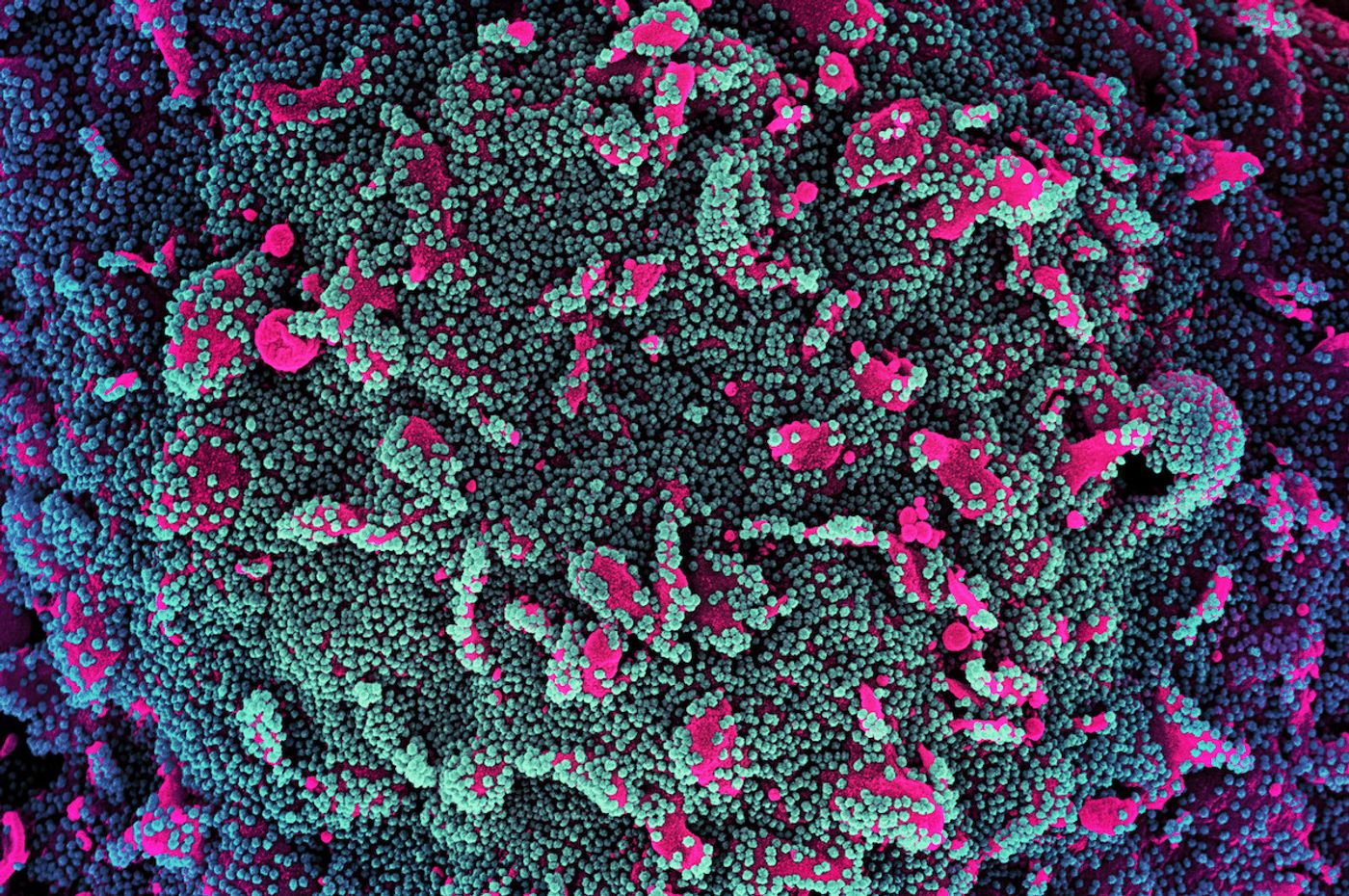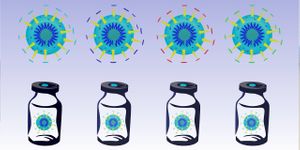Stressing the Importance of Acknowledging Airborne COVID-19 Transmission
For nearly a year, officials have been debating whether the pandemic virus that causes COVID-19, SARS-CoV-2, is airborne. Now reporting in The Lancet, researchers are stressing that the virus is indeed spread through the air and that it's time for public health authorities to acknowledge that. Doing so, they say, will save lives by educating people on how to prevent spreading or catching the virus. Failing to treat the virus as airborne can leave people unprotected.
"The evidence supporting airborne transmission is overwhelming, and evidence supporting large droplet transmission is almost non-existent," said study co-author Jose-Luis Jimenez, a chemist at the Cooperative Institute for Research in Environmental Sciences (CIRES) and the University of Colorado Boulder. "It is urgent that the World Health Organization and other public health agencies adapt their description of transmission to the scientific evidence so that the focus of mitigation is put on reducing airborne transmission."
In this work, a team of experts assessed ten lines of evidence that indicate the virus is spread by an airborne route. A major piece of evidence is an outbreak that struck the Skagit Choir, which caused 53 infections from a single case. This spread cannot be explained by transmission on surfaces or close contact, the study authors noted. Other research studies have found that people infected others without ever coming into contact with them, such as through adjacent hotel rooms.
Additionally, the virus spreads much faster indoors compared to outdoors. Researchers also know that as ventilation gets better in an indoor environment, the virus doesn't transmit as easily.
The study reviewed research suggesting that individuals who are asymptomatic or presymptomatic are causing as many as 40 percent of cases; that's a lot of infections being spread before people even start coughing or sneezing. This 'silent' transmission is a major reason why the pandemic has spread all over the world, and supports "a predominantly airborne mode of transmission," according to the study.
The investigators also did not find much evidence that large aerosol droplets, which fall through the air onto surfaces, are causing the spread of the virus.
"We were able to identify and interpret highly complex and specialist papers on the dynamics of fluid flows and the isolation of live virus," said lead study author Trish Greenhalgh of the University of Oxford. "While some individual papers were assessed as weak, overall the evidence base for airborne transmission is extensive and robust. There should be no further delay in implementing measures around the world to protect against such transmission."
The study has suggested that while hand washing and surface cleaning are good for general hygiene, they may not be doing much to stop the pandemic. An airborne virus will spread from an infected person to others as they exhale, speak, sing, shout, or sneeze. That means that good indoor ventilation, social distancing, and wearing masks indoors or whenever people are within six feet of each other, will remain important health measures. Healthcare workers should also continue to use higher-grade PPE.
"It is quite surprising that anyone is still questioning whether airborne transmission is the predominant transmission pathway for this virus or not," said co-author Professor Kimberly Prather, an aerosol scientist from the University of California San Diego. "Only by including inhalation of aerosols at both close- and long-range can we explain the many indoor outbreaks that have occurred around the globe. Once we acknowledge this virus is airborne, we know how to fix it. There are many examples of places that have fared much better by acknowledging this virus is airborne from the start. The world needs to follow their lead as soon as possible."
Sources: AAAS/Eurekalert! via University of Colorado at Boulder, The Lancet
-
APR 30, 2024Immuno-Oncology Virtual Event Series 2024
-
MAY 07, 20243rd International Biosecurity Virtual Symposium
-
JUN 06, 2024The Future of Scientific Conferencing
- See More


















































